In today’s world, the importance of a security system cannot be overstated. Ensuring the safety of homes and businesses is crucial for protecting property and the well-being of occupants. A well-designed security system serves as a deterrent against intrusions, provides monitoring for emergencies such as fires or floods, and ultimately offers peace of mind.
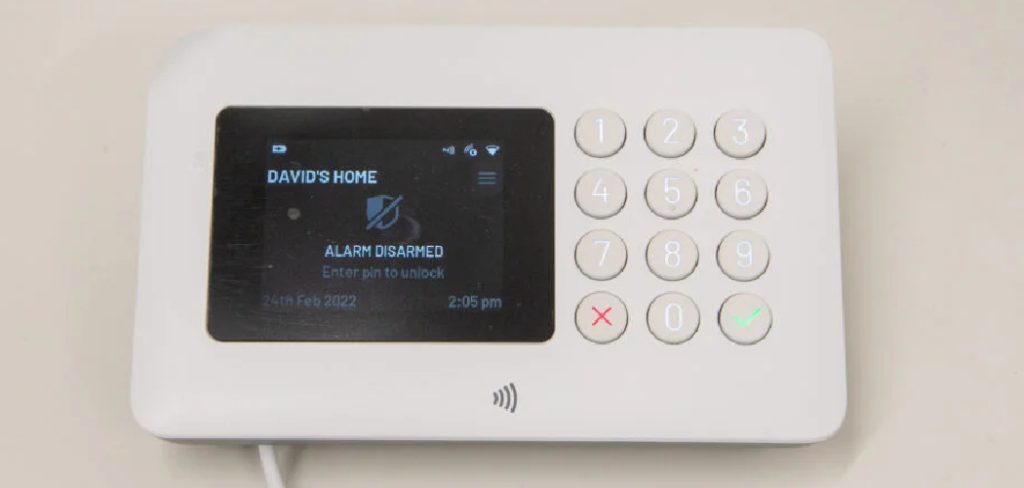
Whether it’s a basic alarm system or a sophisticated smart home integration, the benefits are vast and impactful. Protection against unauthorized access, immediate alerts during emergencies, and constant surveillance of vulnerable areas are just a few advantages. Different security systems are available to meet varying needs, ranging from DIY setups to professional installations offering expertise and comprehensive support. Knowing how to design a security system tailored to specific requirements is essential for achieving optimal safety and security.
Assessing Security Needs
Before designing a security system, it is essential to thoroughly assess the property’s security needs. This involves identifying key areas that require protection and evaluating potential threats.
- Identifying Key Areas to Protect:
- Assessing Vulnerable Points: Begin by examining doors, windows, and other possible entry points. These areas should be identified as high-priority zones for security measures. Doors and windows are common targets for intruders, making them critical points in your security layout.
- Special Attention Areas: Consider specific areas needing additional protection, such as basements, garages, and outdoor spaces. Basements and garages often have limited visibility and less traffic, making them more susceptible to break-ins. Outdoor areas, such as front and back yards, patios, and driveways, also benefit from enhanced security measures.
- Determining the Level of Security Required:
- Basic vs. Advanced Systems: Depending on the property size and the perceived threat level, choose between basic systems, like alarms and motion sensors, and more advanced setups, which might include surveillance cameras and smart home integration. Basic systems provide fundamental security, while advanced systems offer comprehensive coverage and control.
- Evaluating Potential Threats:
- Threat Analysis: Analyze the likelihood of various threats, such as burglary, fire, flood, or other emergencies relevant to the property. Understanding these potential threats helps tailor the security system to address specific vulnerabilities. For instance, properties in flood-prone areas should integrate water leak sensors, while those in high-crime regions may benefit from reinforced surveillance and alarm systems.
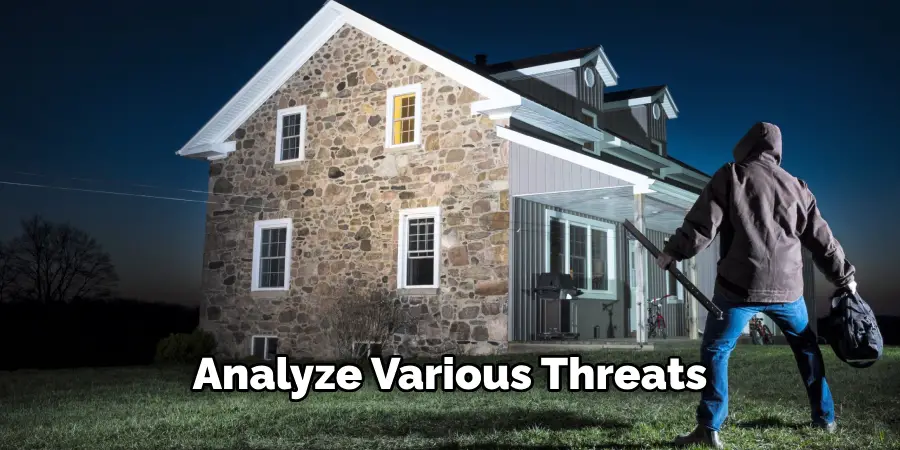
By thoroughly assessing security needs, property owners can ensure that their security system is well-suited to protect against a wide range of threats, thereby enhancing overall safety and peace of mind.
How to Design a Security System: Designing the Layout
Designing the layout of your security system is a crucial step in ensuring comprehensive coverage and efficiency. It involves carefully planning and strategically placing various security devices to maximize protection.
1. Mapping the Property:
- Creating a Detailed Map of the Property to Identify Key Areas for Placing Security Devices: Draw a detailed map of your property, including all floors, rooms, and outdoor spaces. Mark all entry points, including doors, windows, gates, and other accessible areas. Note any particular areas that could be vulnerable, such as basements, detached garages, or large, expansive blind spots in outdoor spaces.
2. Strategic Placement:
- Positioning Cameras to Cover Entry Points and Vulnerable Areas Without Blind Spots: Place surveillance cameras at all primary and secondary entry points to ensure they are monitored continuously. Pay special attention to areas that are often overlooked, like side entrances or basement windows. Position outdoor cameras to cover the perimeter of your property and any potential hiding spots for intruders. Ensure that cameras have a clear line of sight and avoid obstructions like tree branches or outdoor furniture.
- Ensuring Alarms and Sensors Are Placed at All Potential Points of Entry: Install alarms and motion sensors at all points of entry. Use door and window sensors for all accessible openings, and consider glass break sensors for added security. Motion detectors should be strategically placed to cover high-traffic areas and entryways. Ensure that the sensors are positioned to avoid false alarms from pets or routine household activities.
3. Zones and Monitoring:
- Dividing the Property Into Zones for More Efficient Monitoring and Response: Organize your property into distinct zones, such as the main house, outdoor areas, garage, and any outbuildings. This allows for targeted monitoring and easier management of the system. Zones help pinpoint the exact location of any security breaches, enabling a quicker and more effective response.
- Configuring the System to Alert for Specific Zones: Program your security system to send alerts for specific zones so you are immediately aware of where an issue has occurred. This zonal approach is particularly useful in large properties or those with multiple buildings. Tailor the sensitivity of alerts for different zones to reduce false alarms and ensure timely and relevant notifications.
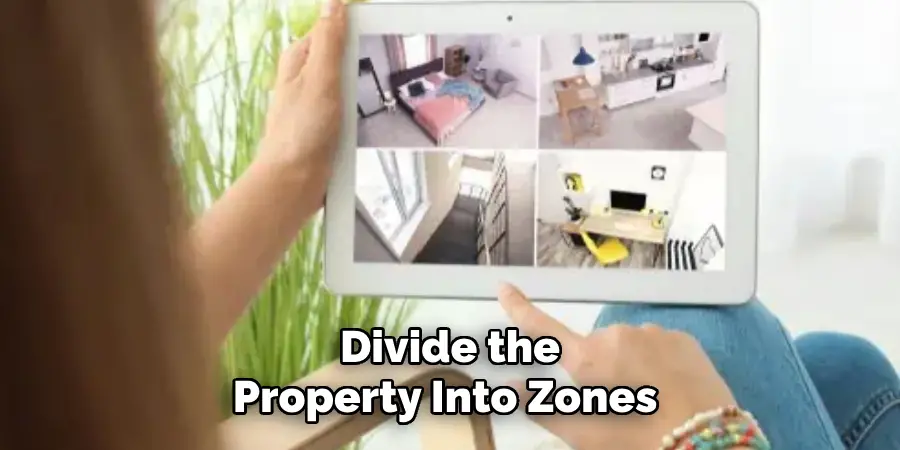
By meticulously designing the layout of your security system, you can enhance its effectiveness and ensure that every potential vulnerability is monitored and secured.
Integration with Smart Home Devices
Smart Home Compatibility:
- Integrating the Security System With Existing Smart Home Devices for Seamless Operation: Modern security systems can be integrated with smart home devices such as smart locks, thermostats, and lighting systems. This allows for a cohesive and user-friendly experience where different devices communicate and function together to enhance security and convenience.
Automating Responses:
- Setting Up Automated Actions (E.g., Lights Turning on When Motion is Detected): Utilize automation to trigger specific actions in response to security events. For example, configure the system to turn on outdoor lights when motion is detected at night or to lock all smart locks when the alarm is activated. Automation enhances security and adds a layer of convenience and deterrence.
Centralized Control:
- Managing the Entire Security System Through a Single App or Control Panel: Integrate the security system into a centralized control platform, allowing you to manage and monitor all devices from a single app or control panel. This centralization simplifies the management process and ensures that you can quickly respond to alerts, adjust settings, and check the status of various security components from anywhere at any time.
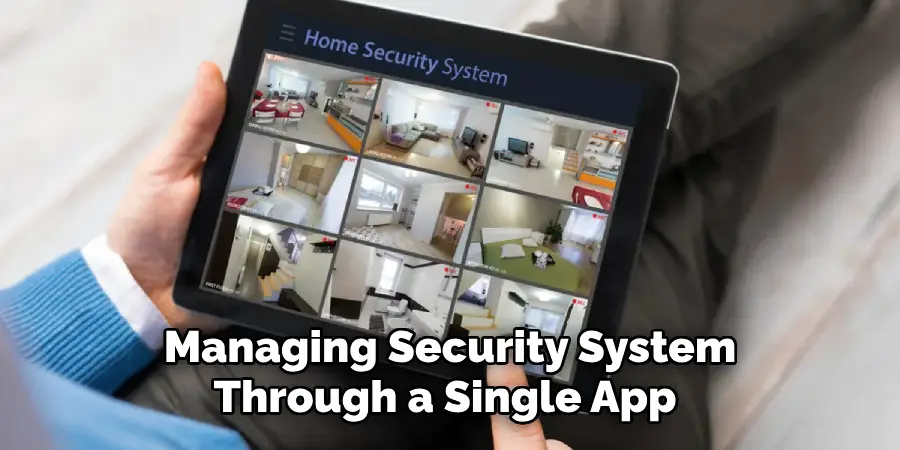
Professional Installation vs. DIY
Professional Installation:
- Benefits of Professional Installation: Opting for professional installation ensures that your security system is set up with expertise and precision. Professionals bring knowledge of the best device placement, connectivity, and calibration practices, leading to a more reliable and effective security setup. Additionally, professional services often include ongoing support and monitoring, providing peace of mind that any issues will be addressed promptly and that someone is always watching over your property.
- Choosing a Reputable Security Company and Understanding Contract Terms: When selecting a security company for professional installation, choosing one with a strong reputation and positive customer reviews is crucial. Ensure you understand the contract terms, including installation fees, monthly monitoring costs, and the duration of the service agreement. It’s also beneficial to inquire about any guarantees or warranties the company offers.
DIY Installation:
- Benefits of DIY Installation: Installing your security system yourself can lead to significant cost savings, as you won’t have to pay for professional services or long-term contracts. DIY installation also allows for greater customization and flexibility, enabling you to tailor the system to your specific needs and preferences.
- Tips for Successful DIY Installation: To ensure a successful DIY installation, meticulously follow the manufacturer’s instructions included with your security devices. Pay attention to details such as the optimal placement of sensors and cameras. After setup, thoroughly test the system to ensure all components are working correctly and effectively communicate with each other. Testing helps identify any potential issues and ensures that your security system is fully operational and provides the protection you need.
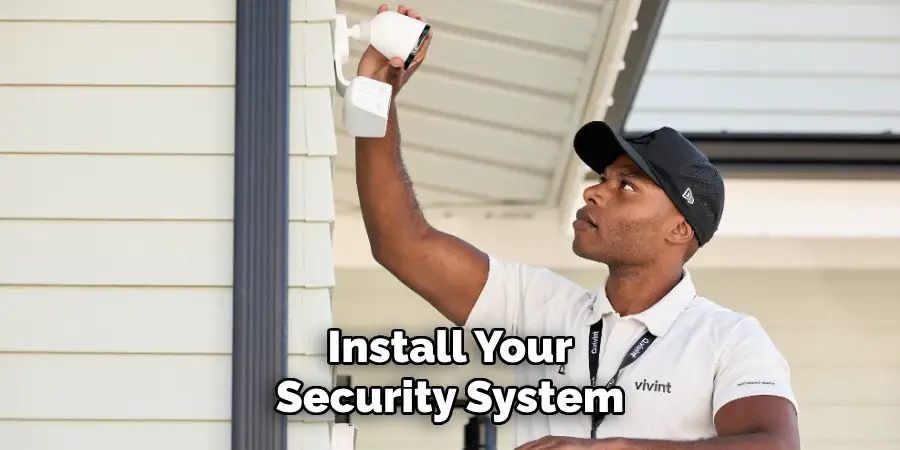
Monitoring and Maintenance
Monitoring options:
- Self-monitoring Vs. Professional Monitoring Services: When it comes to monitoring your security system, you have the choice between self-monitoring and professional monitoring services. Self-monitoring involves monitoring your security alerts and responding to them yourself. This option can save money, as there are no monthly fees, and it allows for greater control and flexibility. However, it requires you to be vigilant and available to respond to alerts, which might not always be feasible.
On the other hand, professional monitoring services involve hiring a company to monitor your security system 24/7. The main advantage is the peace of mind knowing that trained professionals are ready to respond to any alerts and potentially communicate with emergency services if necessary. The downside is the cost, as these services often come with monthly fees and sometimes require long-term contracts.
Regular Maintenance:
- Scheduling Routine Checks and Tests of the Security System: Regular maintenance is crucial to ensure your security system functions correctly. Schedule routine checks and tests to verify that all components, including sensors, cameras, and alarms, work effectively. This proactive approach helps in identifying and resolving issues before they compromise your security.
- Updating Firmware and Software to Ensure Optimal Performance: Keep your security system’s firmware and software up to date. Manufacturers often release updates that patch vulnerabilities, improve performance, and add new features. Regular updates ensure your system remains secure and operates smoothly.
Troubleshooting Common Issues:
- Tips for Resolving Common Problems Such as False Alarms, Connectivity Issues, and Sensor Malfunctions: False alarms can be minimized by properly calibrating sensors and adjusting their sensitivity. Ensure that sensors are positioned to reduce interference from pets or moving objects. For connectivity issues, regularly check your network and device connections and reboot your router if necessary. Sensor malfunctions can often be addressed by cleaning the sensors, replacing batteries, or resetting the devices as per the manufacturer’s instructions. Regular troubleshooting ensures that your security system runs efficiently and reliably.
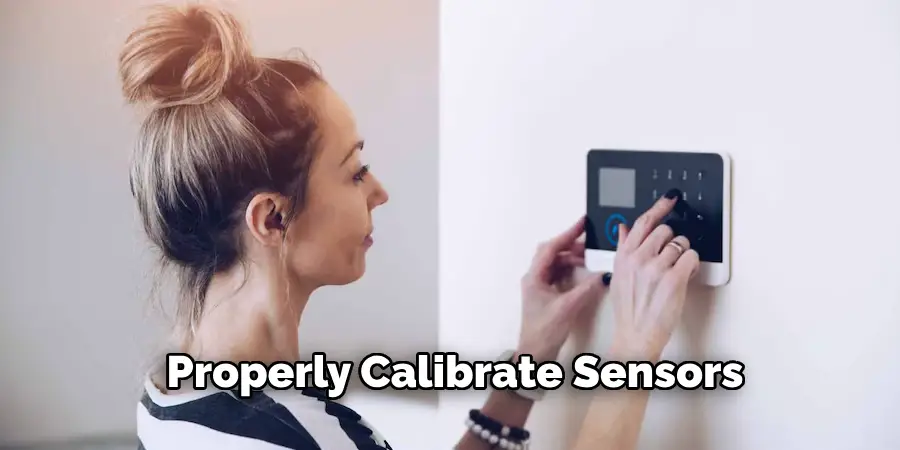
Conclusion
Designing a comprehensive security system involves several crucial steps, including assessing your specific needs and choosing the right components that meet those requirements. It continues with designing the layout strategically, integrating smart home devices for enhanced functionality, and deciding between professional and DIY installation methods. Monitoring and routine maintenance are vital to ensure the longevity and effectiveness of your system.
Understanding how to design a security system is fundamental for achieving peace of mind and protection. Remember, a well-designed security system is the backbone of a safe home or business. Regularly reviewing and updating your security setup is essential to stay ahead of evolving threats and technology advancements. A robust security system deters potential intruders and provides a reliable safeguard, ensuring the safety and security of your property and loved ones.
You can also check it out to Set First Alert Alarm System
